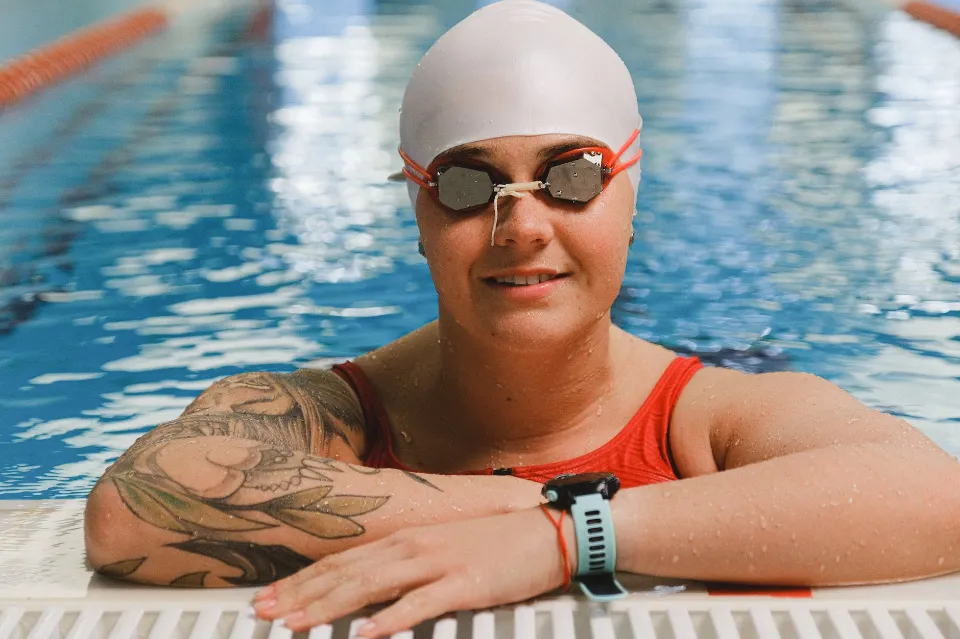
How to Waterproof a Tattoo for Swimming – Will Vaseline Protect Tattoo?
A truly rewarding experience in life is getting a tattoo. There is no feeling like the one you get from your dream tattoo.
For the tattoo to remain waterproof during the shower, we advise applying a thin layer of Vaseline to stay waterproof during the shower.
Why Can’t You Swim With a Tattoo?

Because getting inked is essentially an open wound that could become infected, you shouldn’t swim right away.
Bacteria exist in both chlorinated and unchlorinated water, and if they come into contact with an open wound or any other unhealed wound, infection may result.
This may result in serious health issues as well as tattoo damage. For instance, a portion of my green and yellow tattoo began to bleed.
Additionally, exposure to chlorine and saltwater can hurt when they come into contact with an open wound and can cause redness and swelling that could cause itching.
Read More: Tattoo Redo – How to Get & How Much Does It Cost
How Long Before You Can Swim With a New Tattoo?

You should wait at least two to four weeks before starting to swim if you recently had a tattoo. By doing this, the skin around the injury will be able to heal properly.
Depending on the tattoo and the individual, the healing process can take a while.
As soon as your tattoo is finished, it will typically be bandaged for you, and depending on your tattoo artist’s instructions, you should remove the bandage when you get home. After that, use warm water to carefully wash away any extra ink or blood.
Your skin will start to shed after a few days, and bits of ink will start to come off. You will have a fresh layer of skin with your tattoo imprinted on it once all the skin has flaked off. Once you reach this point, you can resume swimming safely because your tattoo has healed.
3 Effective Ways of Tattoo Waterproof for Swimming

As we said earlier, chlorine and salt water are especially harmful to tattoos. They cause a gradual fading of the design’s color and may cause irritation or infection. As a result, you should cover both old and new tattoos. They will live longer and their color intensity and brightness will be preserved.
Vaseline
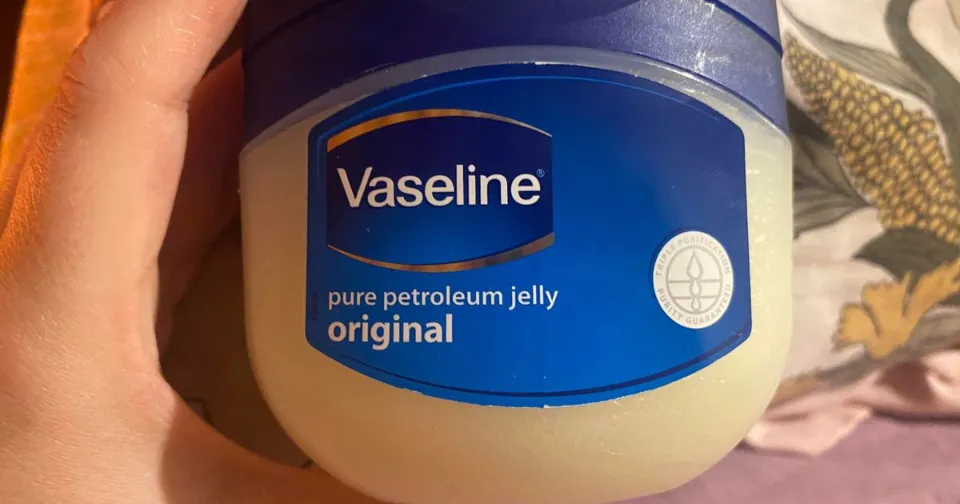
One potential option for shielding your tattoo from moisture is Vaseline. This substance contains wax and paraffin in its makeup. They don’t break down in water. Therefore, even a thin layer of vaseline can protect the skin’s surface from moisture.
Vaseline does not, however, solve all issues. It cannot be used on a freshly inked tattoo because it prevents air from penetrating the wound’s surface. In this situation, a crust won’t have time to develop on the wound’s surface, and bacteria may enter it. Therefore, you can use vaseline to keep the tattoo water-resistant only after it has completely healed.
Waterproof Bandage
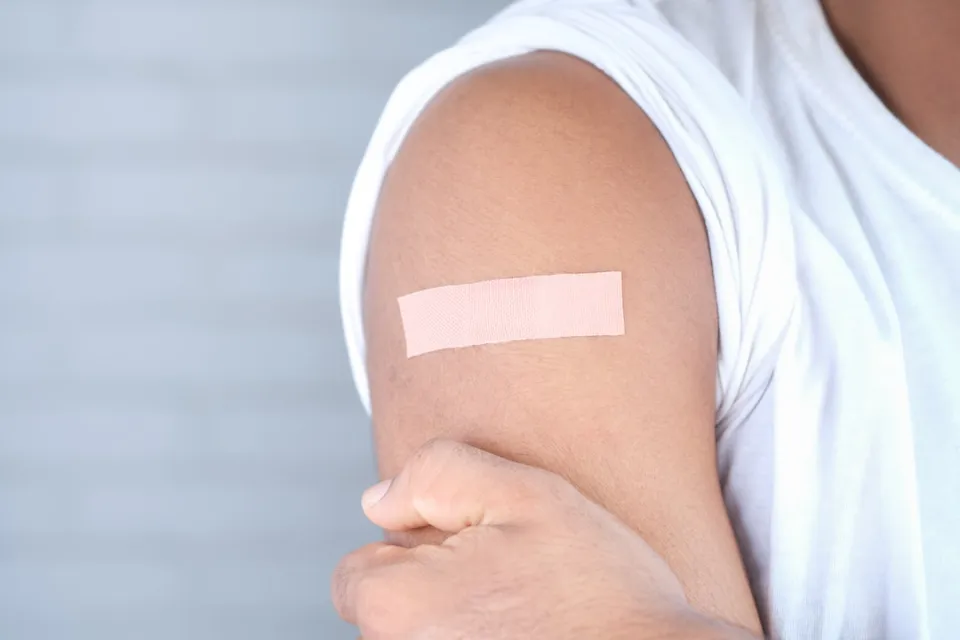
Waterproof bandages provide the most convenience and effectiveness when protecting your skin while swimming. They are widely used by tattoo artists and are advised to clients. We will list some of the factors that contribute to this in the paragraphs that follow.
- Water Tightness. These bandages are made of moisture-retentive, waterproof materials. You can use it instead of creams and lotions to moisturize your skin as a result.
- Rapid Healing. The bandages keep the moisture that the body requires to heal the wound in place. Your skin won’t begin to peel, protecting the wound’s surface. Users report that a tattoo can heal up to 90% of its surface in just five days.
- Convenience. elastic and transparent bandages are waterproof. In light of this, you can apply it anywhere on the body while still having your design be seen by others.
You can thus play sports, take baths, and swim in the sea or pool while wearing waterproof bandages without any issues.
Liquid Sealant
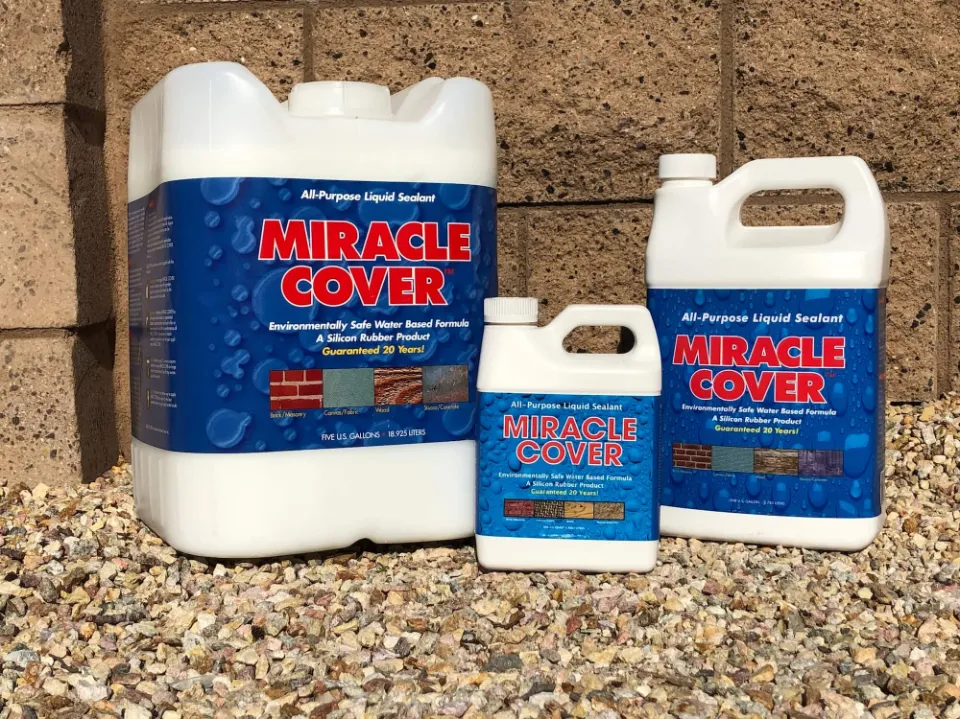
Another effective way to secure a tattoo is a liquid sealant. It can also be applied to fresh tattoos to speed up healing. It is anti-allergic and has antibacterial qualities. However, liquid sealant has its special characteristics of use:
- They must be applied to a skin cleansed of blood;
- Spraying distance for liquid sealant should be between 11 and 17 inches. Otherwise, the concentration of the substance may be too high, so a burning sensation will occur. Also, 2–3 sprays will be enough to cover, after which the substance will dry within 2–3 minutes;
- Within 3 hours, you will be able to swim, take a shower, and play sports without any difficulties. After that, the sealant must be removed from the skin’s surface because it will no longer work.
How to Tell If Your Tattoo Has Fully Healed?

It can be difficult to determine when a tattoo is fully healed. Within a few days, your tattoo might appear and feel healed, at least on the surface.
The average healing time for a tattoo is two to four weeks, though the length of time depends on the location and size of the tattoo. A tattoo can take as long as 6 months to heal completely.
The amount of time it takes for you to heal can also depend on your lifestyle and how well you take care of yourself afterward.
Once your tattoo is no longer red, itchy, scabbing, or flaking, you can consider it fully healed.
If you’re unsure, drop by the shop where you got your tattoo and have a pro check it out for you.
The Dangers of Swimming With a New Tattoo

The dangers of swimming with a new tattoo are listed below.
Swimming in the Pool
Chlorine is used in swimming pools to eradicate bacterial and algal growths.
Unfortunately, chlorine is a chemical that can irritate the skin around your tattoo.
Itching, redness, and rashes may result from this.
Likewise, bear in mind that chlorine is employed in the stain removal process.
Therefore, it is probable that the chlorine will ruin the tattoo and make it appear dull or washed-out.
Swimming in the Sea
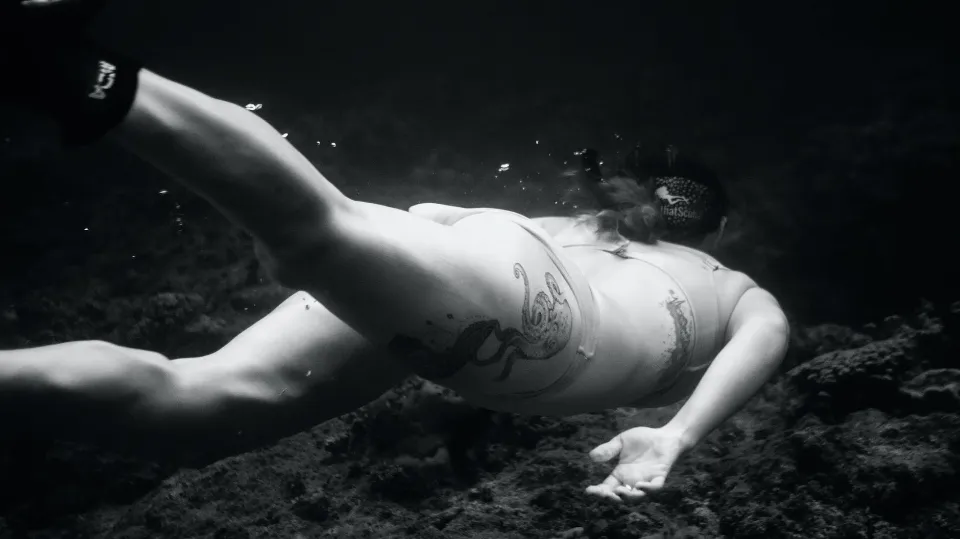
You may be under the impression that swimming in the ocean is better for your skin than swimming in a pool because they don’t contain any harmful chemicals.
Indeed, it is entirely natural. Wrong!
Sea and ocean water is not pure.
It has microbes that can irritate your skin, making it swollen and erythematous.
Additionally, the salt in the water can irritate your skin by itself and cause pain.
Summary
There are 3 effective ways to waterproof tattoos for swimming. For both new and vintage designs, they are appropriate. They can help you heal more quickly, keep you from getting sick, and keep the colors of your tattoo deep and vivid in addition to shielding you from water.
However, it is better to wait for 3–5 weeks after your tattoo has completely healed. By doing this, you will reduce the possibility that your design will have unfavorable effects on you.
FAQs
How Do I Protect My Tattoo While Swimming?
If you have to submerge your new tattoo, Saniderm or another waterproof dressing can help. They are offered in sheets and rolls of various sizes. Make sure the entire tattoo is covered. Just before entering the water, apply the bandage, and take it off right away.


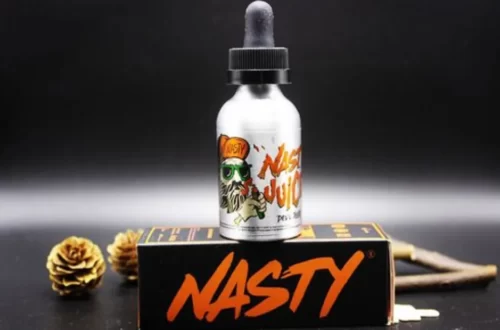


Average Rating